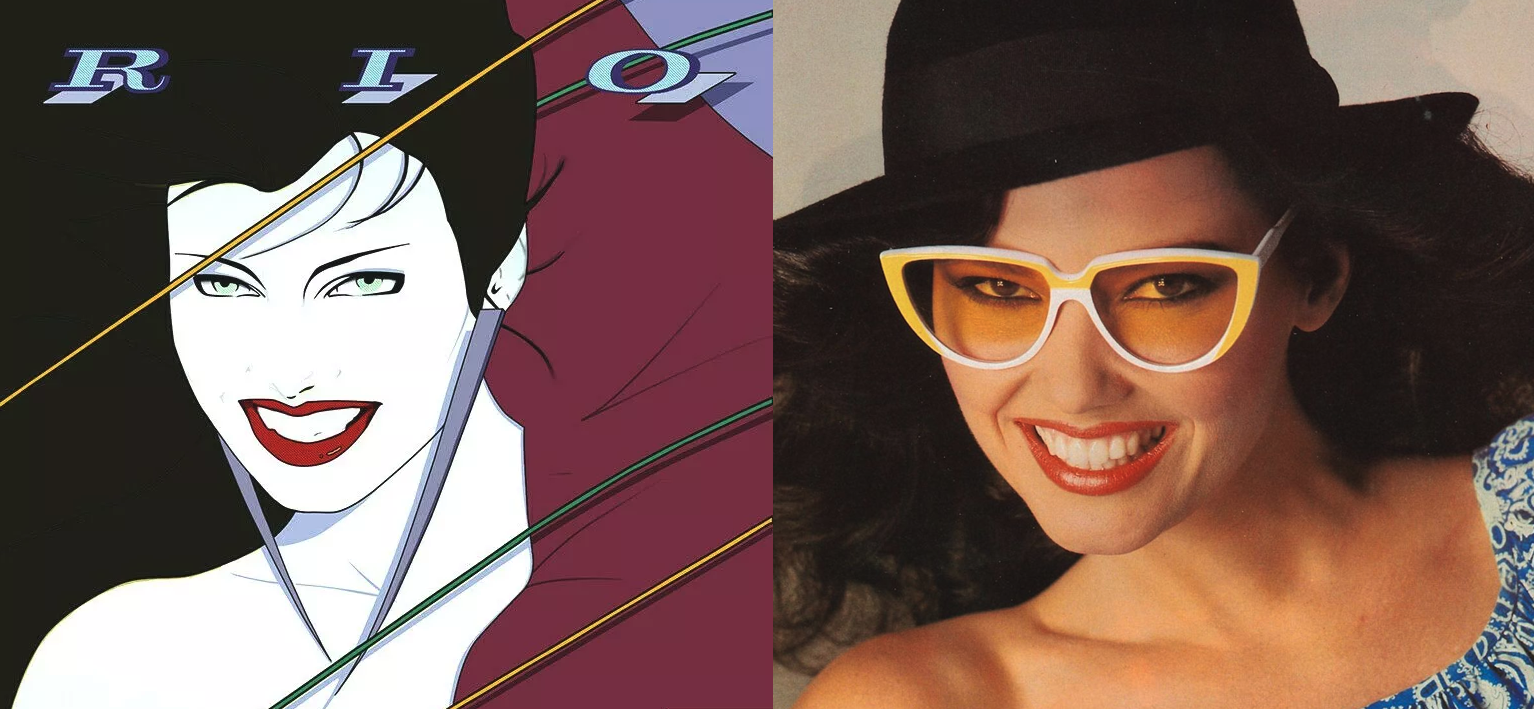
In the words of Simon Le Bon: Hey now, woo, look at that!
Forty-two years after decade-defining Playboy illustrator Patrick Nagel was commissioned by Duran Duran to create one of the most iconic album covers of all time for Rio, the Mona Lisa of the new wave era has at long last been found.
The big reveal was announced by Monica Moynihan, a Nagel historian and art broker who runs the definitive Patrick Nagel Arts website and Instagram. The cover girl's mysterious identity was actually uncovered by another Instagrammer, @nagel_angel, who Moynihan said "deserves all the credit" and "spent $$$ and countless hours" in a hungry-like-the-wolf quest to hunt down the original lady with the cherry ice cream smile.
And it turns out that in an alternate '80s universe, Rio might have been dancing on the sand while wearing eyeglasses, creating a different sort of pretty view.
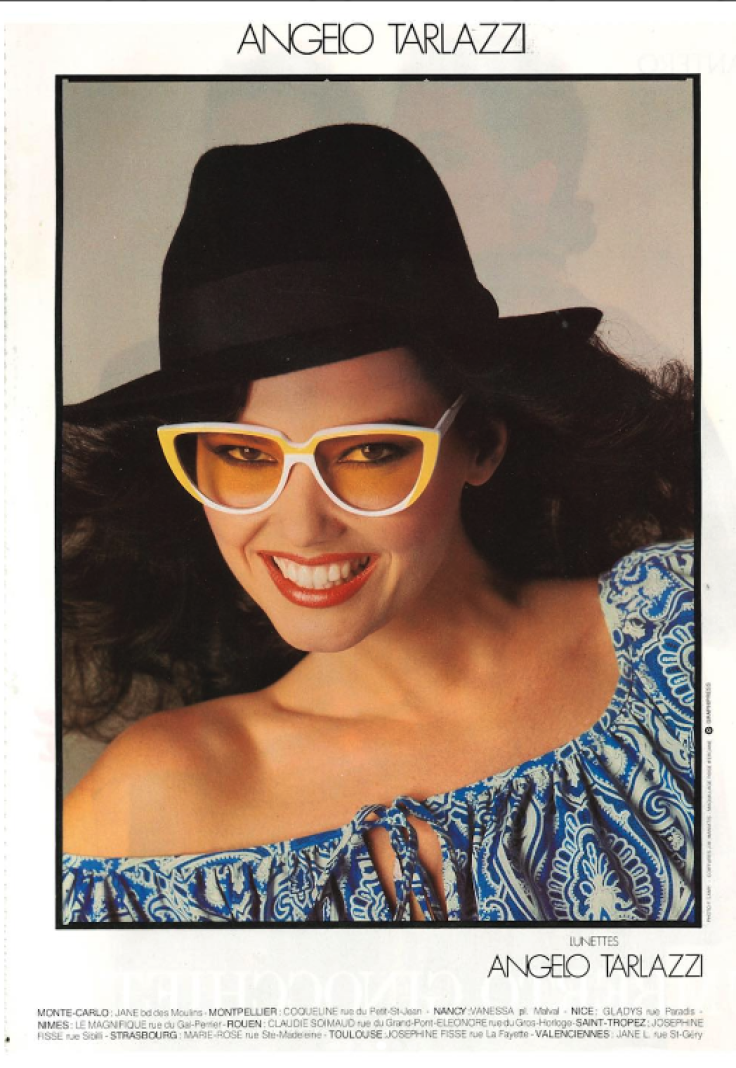
@nagel_arts tracked down the album cover's original source image — a multi-page editorial spread for Angelo Tarlazzi in the February 1981 issue of Vogue France — and another fan, Sarah Bastos, then identified the porcelain-skinned, raven-haired beauty as fashion model Marcie Hunt, who can be seen on different '80s magazine covers below.
Nagel's technical art assistant, Barry Hahn, has confirmed on Instagram that the stunning Tarlazzi photograph of Hunt — wearing a paisley blouse, graphic cat-eyed spectacles, and a fedora hat not unlike Duran bassist John Taylor's, but still instantly identifiable thanks to her inviting, toothy grin — was indeed the tear sheet used by his former boss.
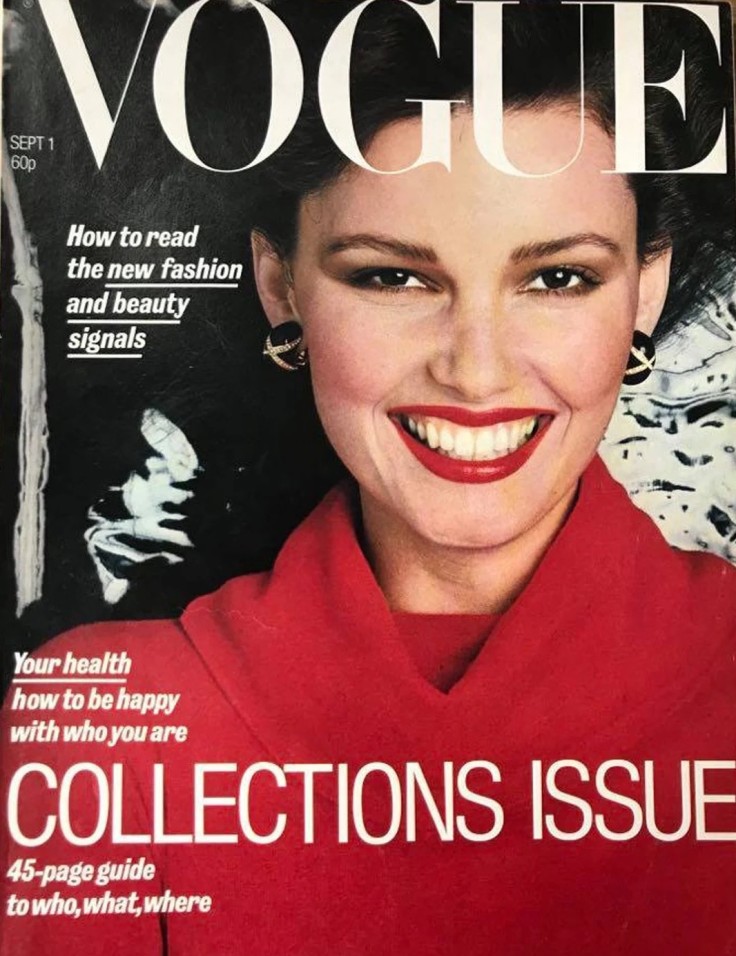
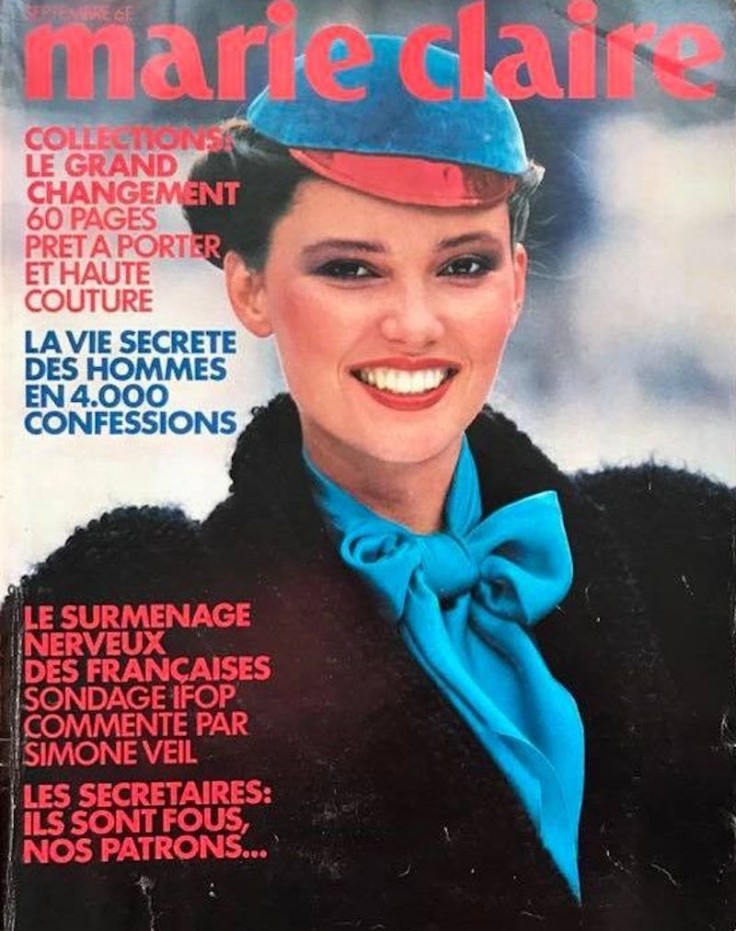
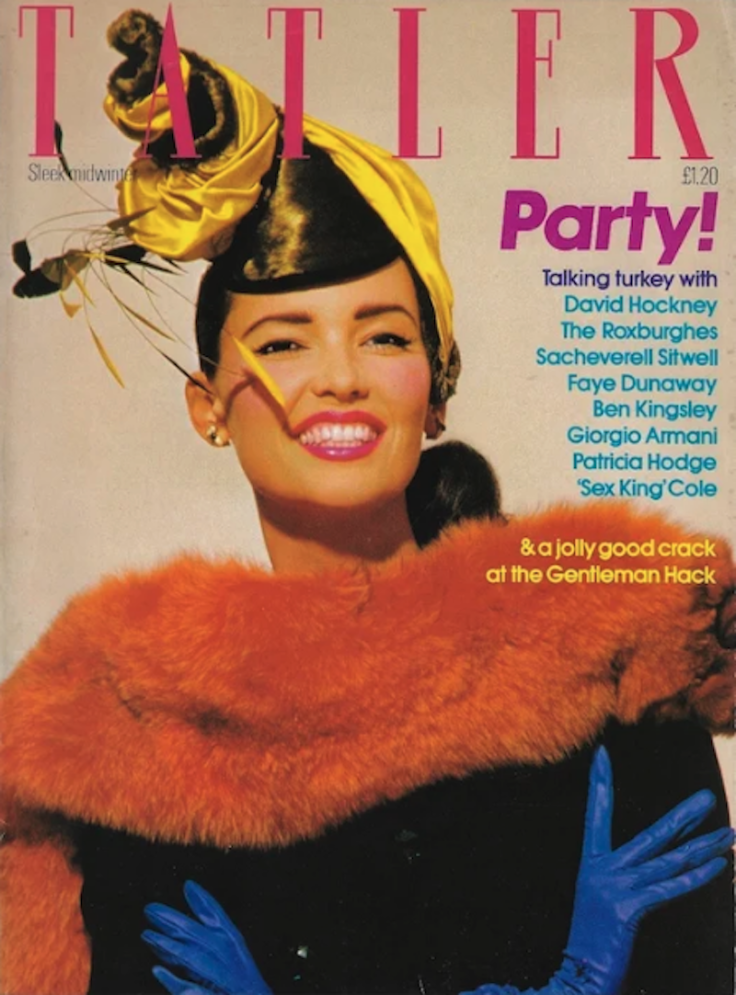
According to Annie Zaleski's 33 ½ book about the Rio album, Duran Duran's co-manager in the early '80s, Paul Berrow, was intrigued by Nagel's sharp, stylized work while flipping through an issue of Playboy, so he commissioned the artist to do create two covers for what would become the Birmingham band's breakthrough LP. One option, of a woman languidly reclining with a yellow blossom pinned in her hair, was eventually used for the "My Own Way" single art. But, as Duran keyboardist Nick Rhodes told Zaleski, it was "love at first sight" when the band members saw the second, stronger image of a bare-shouldered bombshell alluringly staring down the camera lens, shining and really showing all she can. "We all said instantly: 'Yes, that's it. That's the cover,'" recalled Rhodes.
Renowned graphic designer Malcolm Garrett, known for his striking, minimalist album art for the Human League, Culture Club, and especially the Buzzcocks, then added design elements and typefaces to evoke the vintage vacation vibes of 1950s cigar boxes. "We all looked back and smiled at the girl," Rhodes told Zaleski of the end result. "It just seemed to represent everything we wanted at that point. It was uplifting. It was fun. It was modern, and colorful, and bright, and optimistic, but with something in it that you just didn't know what was going on."
The artwork similarly captivated music fans of the early-MTV generation, conveying the aspirational album's promises of champagne-fueled, jet-setting, yacht-hopping adventures. That was a theme that of course carried over into Duran Duran's tropical music videos from the album, in which Nagel's glamour girls seemed to spring to three-dimensional life. Part of the Rio era's appeal for the band's largely female fanbase was undoubtedly its pro-woman imagery. Duran Duran's music video castings — the sassy Bond heroine who captured drummer Roger Taylor in a fishing net in "Rio," the tigress who tussled with Le Bon in "Hungry Like the Wolf" — always depicted strong, self-assured women, which was a welcome contrast from the usual video vixens that starred in other exploitative clips of the time.
"The women [in our videos] were manipulating us! In 'Rio' or 'Hungry Like the Wolf,' we're chasing them. They're the ones with the power," John Taylor explained to Music Times' Lyndsey Parker in a 2022 interview celebrating the "exotic, erotic" album's 40th anniversary. "They're on the pedestal — as it should be."
As for why it took more than four decades for the real Rio to be identified, Nagel, who conducted very few interviews during his brief lifetime, died less than two years after the Rio album's release, at age 38, in perhaps the most '80s way possible (he suffered a heart attack after participating in a celebrity "aerobathon"). Hunt retired from modeling and now leads a much more reclusive life. According to her Instagram, which was last updated in 2021 and describes her as a "former top model in Paris," she and her husband of three decades have owned and operated the Dos Lagos Vineyards winery in Napa for the past 12 years — which brings new meaning to the Rio-era Duran lyric "mouth is alive, with juices like wine."
Duran Duran were apparently just as surprised as anyone by this news, stating Monday via Instagram: "WOW!... We suspect the model and maybe the band Duran Duran had no idea Nagel was influenced and used this image to create the cover of their musical masterpiece, Rio. He certainly changed many things, most specifically removing her glasses, but he obviously loved her smile. And that smile has been an iconic piece of Duran Duran history for decades."
© 2025 MusicTimes.com All rights reserved. Do not reproduce without permission.




